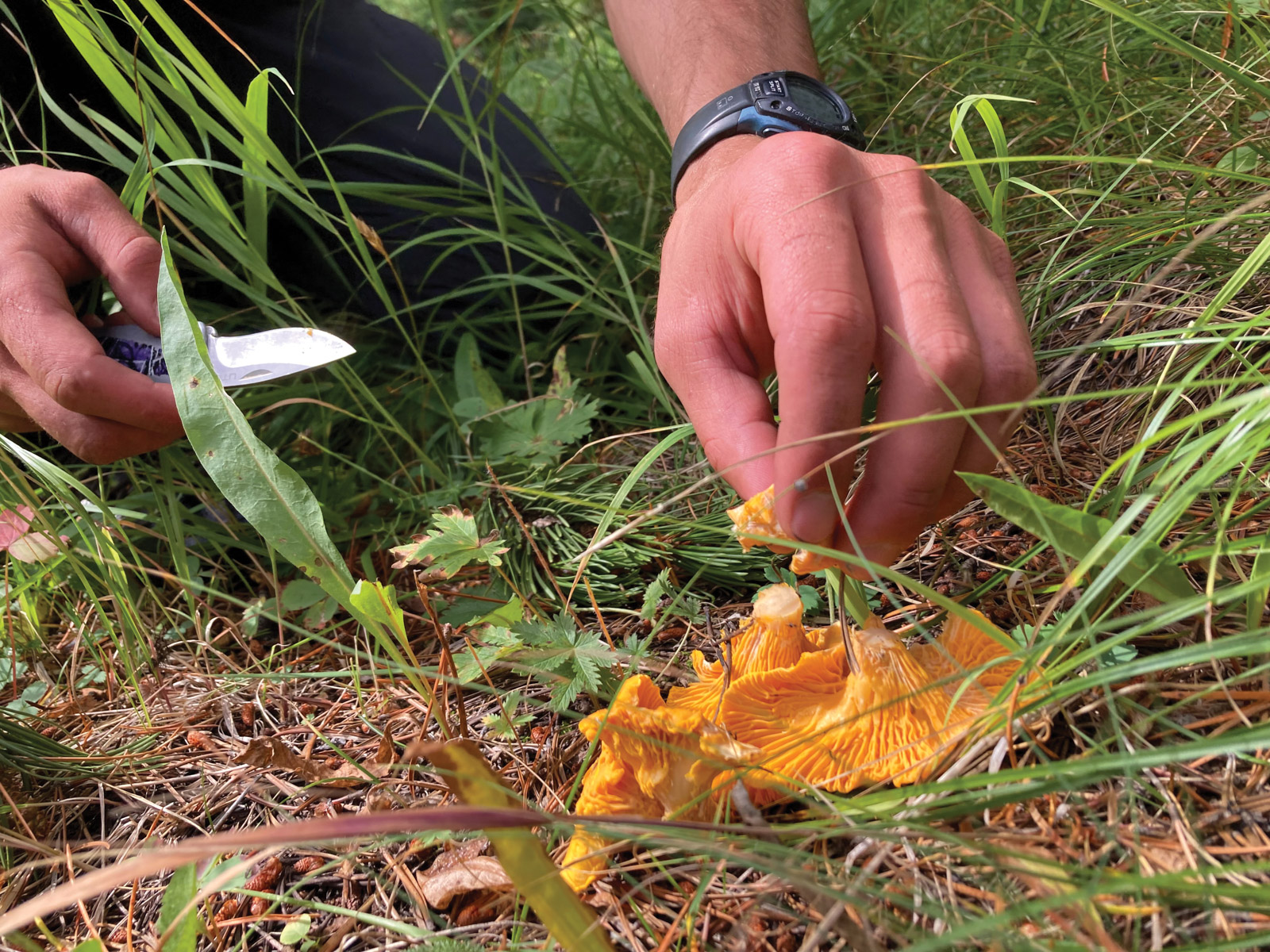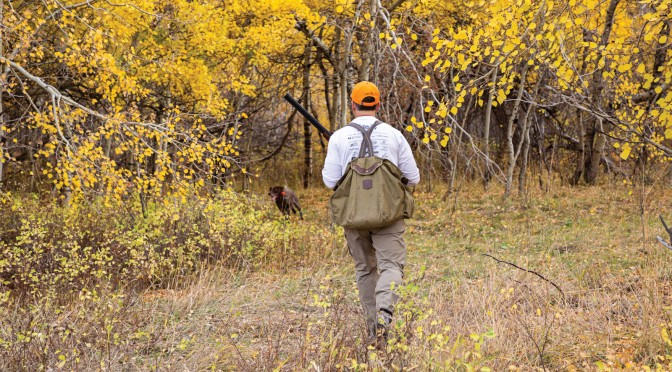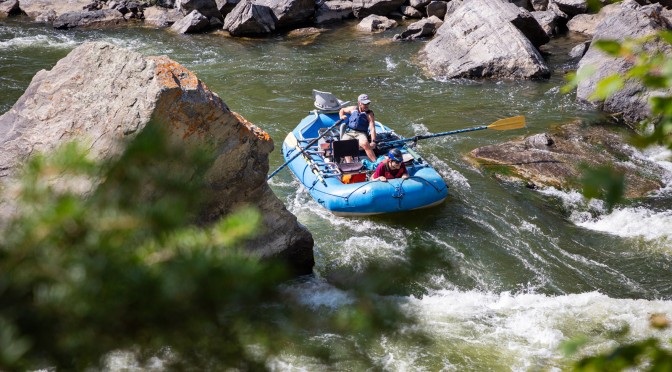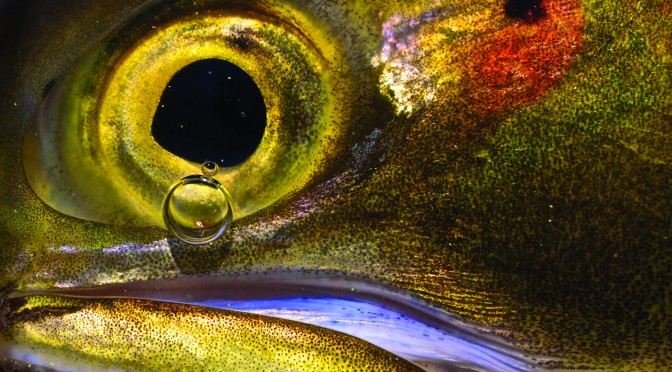by Eli Fournier
Come summertime, there are the classic warm-weather pastimes like hiking, biking, climbing, and fishing, but numerous other activities can also fill a weekend. Listed here are a handful that make for fun excursions and take you to off-the-beaten-path locales.
Hunting
Montana is quite possibly the most hunter-friendly state in the country—both in terms of opportunity and the amount of game running around the hills. While elk and deer have a huge appeal, for newbies a good place to start is small game like grouse, squirrels, and rabbits. Learn to find, hunt, gut, skin, and cook them—gain competency with these smaller species before thinking about pursuing larger game. Rabbits and squirrels can be hunted year-round, so poke around some public land—ideally off-trail, to avoid spooking hikers—with a .22 rifle or 20-gauge shotgun. On September 1st, mountain-grouse season opens, and targeting these tasty birds really just involves hiking around the woods with a shotgun. Either a 12- or 20-gauge will get the job done. Look for ruffed grouse in thick brushy areas with abundant berries, and blue grouse on ridgetops. Either way, stay on high alert—these birds are often quick to fly when spooked.
Foraging
Part of living in Montana is learning basic woodsman skills—like starting a fire and identifying edible plants. If the latter is new to you, berry-picking is a great place to start. Huckleberries, wild strawberries, and raspberries are all easy to identify and can be picked in large quantities in the right places, at the right times. That means you could be reaping the rewards of your labors for months to come.
Another commonly-foraged food in southwest Montana is mushrooms. Morels in the spring and chanterelles in late summer provide two opportunities to fill the pantry with wild fungi. However, there are poisonous lookalikes for both species, so it’s worth going with someone who can positively identify both the safe and harmful varieties. An experienced forager can also show you the types of places to look for mushrooms—they require specific soil types, shading, and temperatures.

Packrafting
Although a relatively niche activity, packrafting offers an adrenaline-packed avenue into relatively untouched places. Boats are expensive, but once acquired can open up a huge number of possibilities in southwest Montana. Think about hiking deep into a wilderness area and floating out in style, taking in the sights, sounds, and wildlife from the comfort of a boat. Modern packrafts are also capable whitewater boats, and with an experienced paddler at the helm, they can handle most things a larger raft or kayak could. Ask around and you can likely find someone with a packraft to test out before you go full-send on the activity. Just be sure to take care of your friend’s boat, and repay ’em with a sixer of beer.
Canoeing
While whitewater certainly steals the show in southwest Montana, stillwater shouldn’t be overlooked. Canoeing can be a tranquil way to spend a day, or if you’re into fishing, a productive means of covering water and finding fish. Some good options are Hebgen, Quake, and Ennis lakes. All three can get dangerously windy for canoes, though, especially in the afternoons. So consider putting on early. There are also a handful of canoe-friendly rivers that could make for overnight excursions, especially in late summer when the water’s too low for rafts. Look toward the Jefferson, Big Hole, Beaverhead, and Yellowstone, to name a few. Just remember that per Montana law, you must have a PFD on board for every person. Doesn’t mean you have to wear it all day, but it’s gotta be in the boat.
Regardless of how you enjoy a Montana summer, it’s hard to go wrong so long as you’re outside. Find a friend or mentor who’s into any of the above activities (shouldn’t be hard), and off you’ll ride (or paddle, or hunt) into the sunset.







